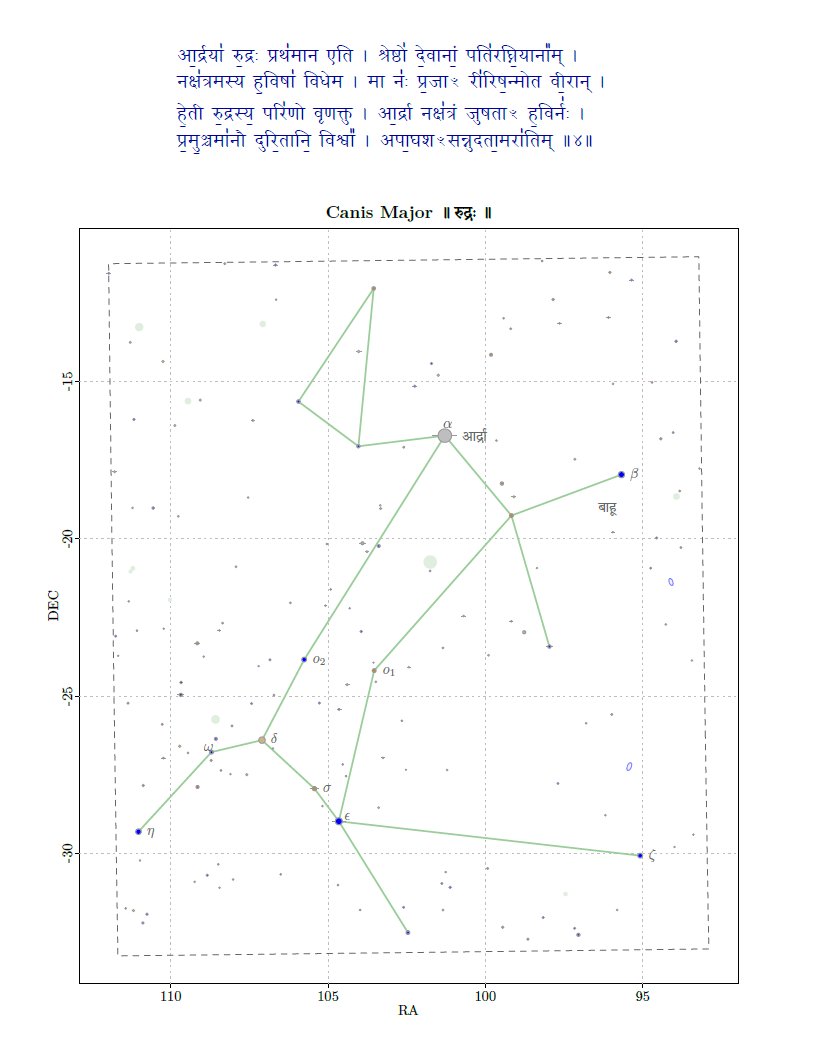
Shortest R^ik-s of the RV: Our ancestor jamadagni bhArgava composed foot-short gAyatrI-s: 9.67.16-18 for the soma ritual 16 syllables each
pavasva soma mandayann indrAya madhumattamaH ||
asR^igran devavItaye vAjayanto rathA iva ||
te sutAso madintamAH shukrA vAyum asR^ikShata ||
pavasva soma mandayann indrAya madhumattamaH ||
asR^igran devavItaye vAjayanto rathA iva ||
te sutAso madintamAH shukrA vAyum asR^ikShata ||
1st to indra; second to the deva-s; 3rd to vAyu.
The we have 5 shortest R^ik-s of 10 syllables:
4.17.15 asiknyAM yajamAno na hotA ||
5.41.20 siShaktu na Urjavyasya puShTeH ||
5.42.17=5.43.16 urau devA anibAdhe syAma ||
10.20.1 bhadraM no api vAtaya manaH ||
The last of these is a
The we have 5 shortest R^ik-s of 10 syllables:
4.17.15 asiknyAM yajamAno na hotA ||
5.41.20 siShaktu na Urjavyasya puShTeH ||
5.42.17=5.43.16 urau devA anibAdhe syAma ||
10.20.1 bhadraM no api vAtaya manaH ||
The last of these is a
famous incantation that is used as an opening for auspicious thought to come while beginning RV study.
atri uses such a R^ik 3 times 5.41.20 for nourishment from the apasaras Urvashi; 5.42.17=5.43.16 as an incantation for wide unrestricted sphere of action.
4.17.15 is a riddle
atri uses such a R^ik 3 times 5.41.20 for nourishment from the apasaras Urvashi; 5.42.17=5.43.16 as an incantation for wide unrestricted sphere of action.
4.17.15 is a riddle
verse to indra with an allusion to an eclipse.
A similar hypermetrical 11 syllable R^ik is:
6.63.11 A vAM sumne variman sUribhiH ShyAm ||
of bharadvAja is very like atri's asks for wide sphere for him& his patron to the ashvin-s.
A similar hypermetrical 11 syllable R^ik is:
6.63.11 A vAM sumne variman sUribhiH ShyAm ||
of bharadvAja is very like atri's asks for wide sphere for him& his patron to the ashvin-s.
The above should read a similar *metrical* rather than hypermetrical because they are all 1 footed triShTubh-s= 11 syllables or their derivatives from saMdhi; e.g. the 10 syllable one can be interpreted as:
asiknyAM yajamAno na hotA ||
asikniyAM->asiknyAM;
asiknyAM yajamAno na hotA ||
asikniyAM->asiknyAM;
• • •
Missing some Tweet in this thread? You can try to
force a refresh



